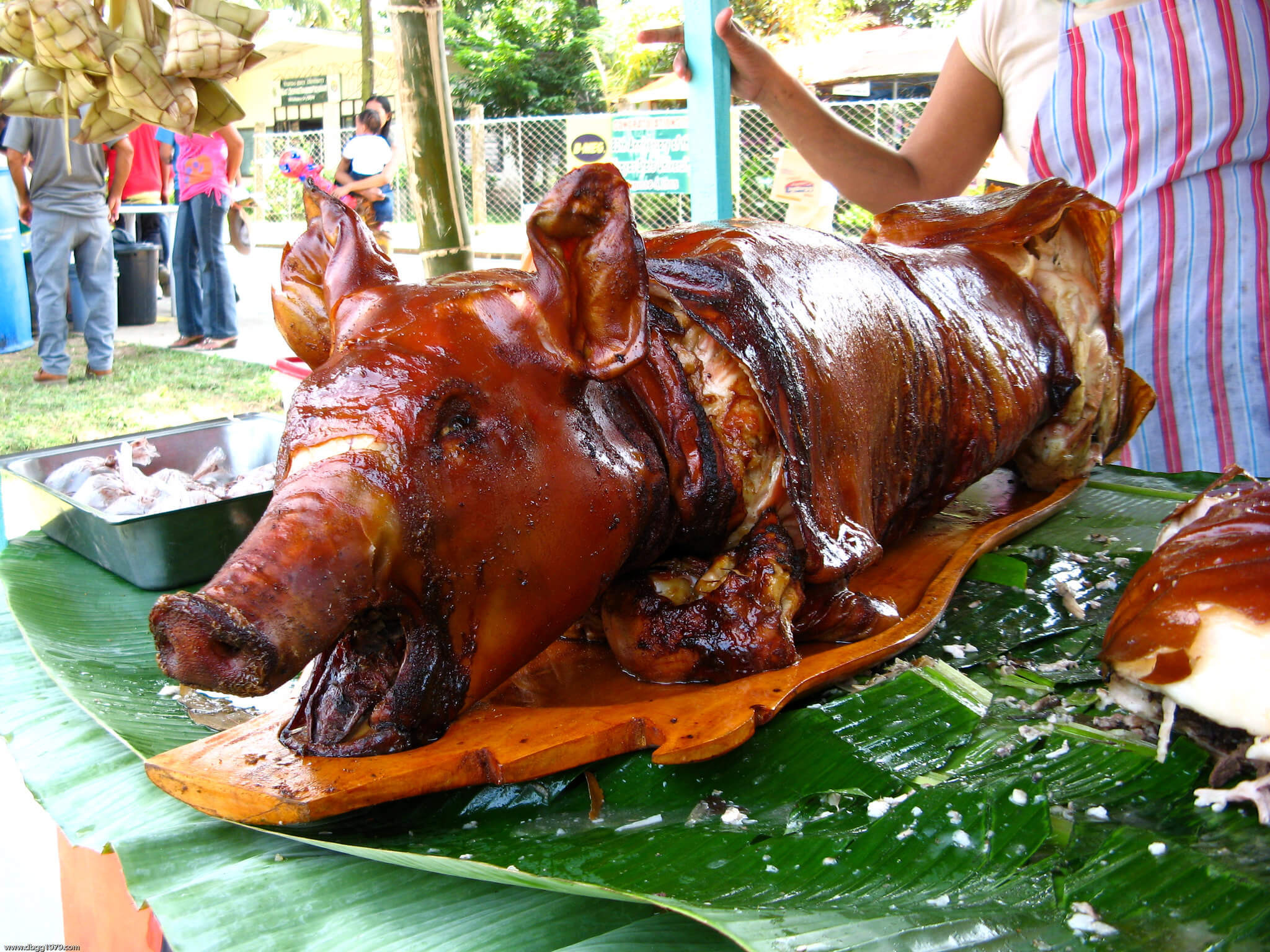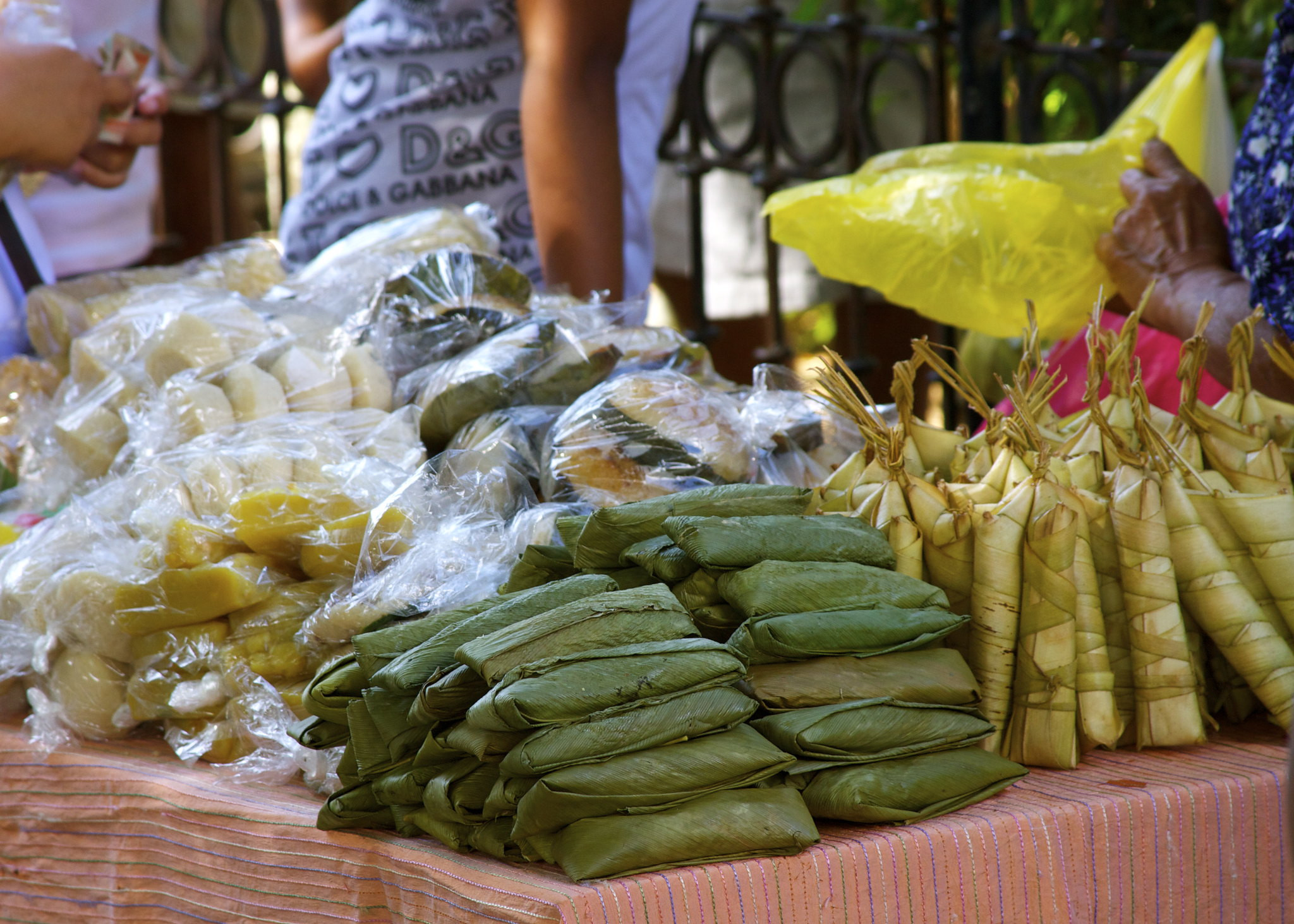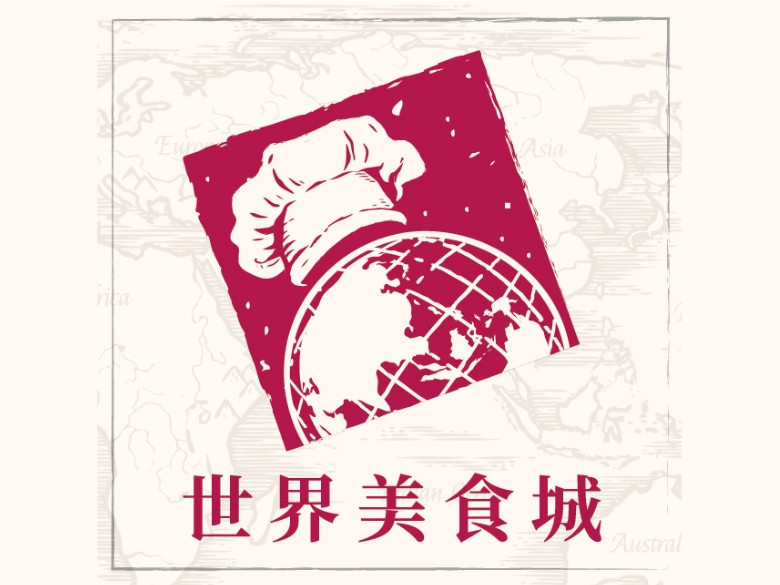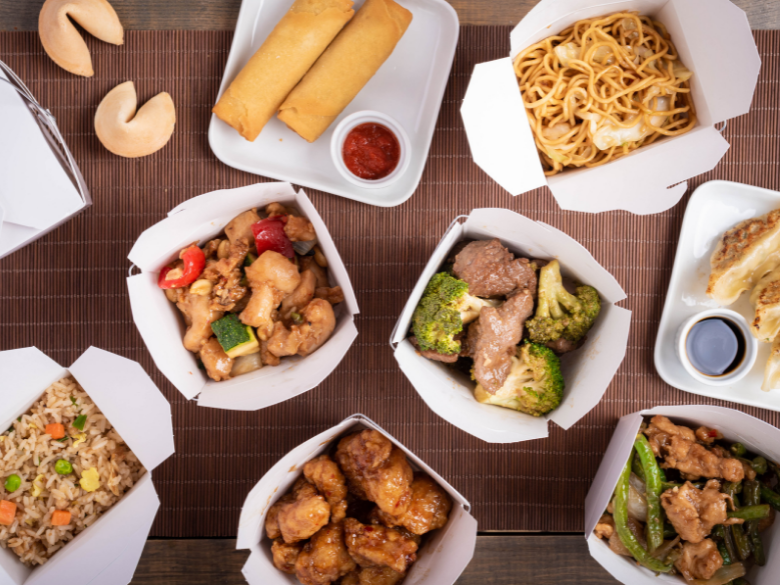12 Festive Christmas Food You Need to Know
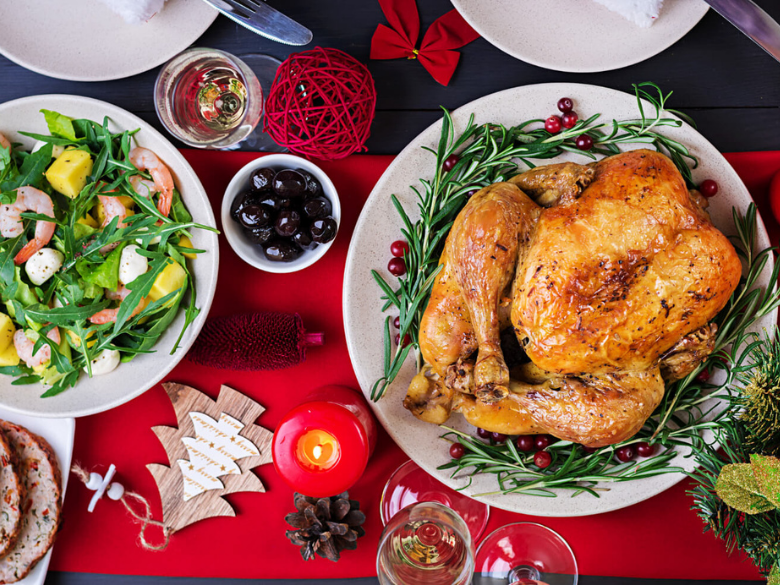
Christmas wouldn’t be complete without a grand banquet of festive dishes - a roasted chicken, glazed ham, mashed potatoes, gingerbread and lots of mulled wine. But internationally speaking, a typical Christmas celebration can look very different in every country. Let’s take a look at different Christmas food traditions around the world!
France - Bûche de Noël(Bûche de Noël)
Speaking of Christmas desserts in France, it can only mean one thing - la Buche de Noel! Buche de Noel, also known as Yule Log, is the French name for a log-shaped Christmas cake, and its recipe can be quite simple: cover a rolled cake with chocolate ganache, create the grains with a fork, and decorate it with sugar frosting - here you get a classic Buche de Noel.
Speaking of Christmas desserts in France, it can only mean one thing - la Buche de Noel! Buche de Noel, also known as Yule Log, is the French name for a log-shaped Christmas cake, and its recipe can be quite simple: cover a rolled cake with chocolate ganache, create the grains with a fork, and decorate it with sugar frosting - here you get a classic Buche de Noel.
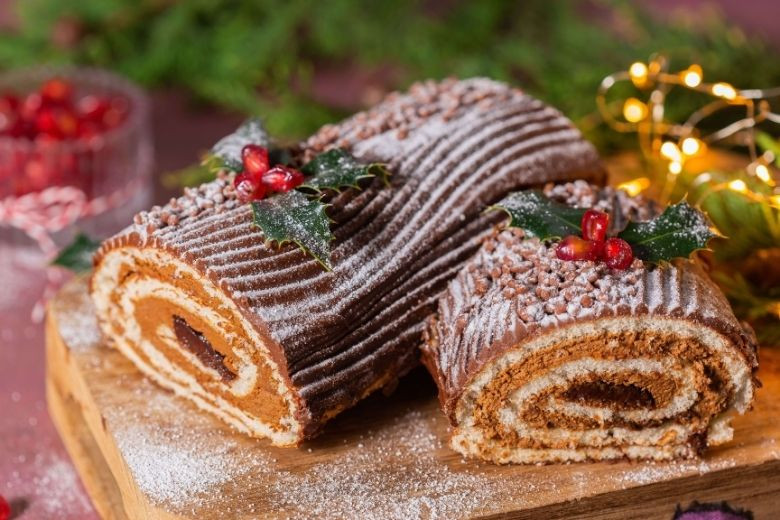
Germany - Stollen and Weihnachtsgans
Stollen, a rich, sweet bread studded with candied fruit and spices, has its famous origin in Dresden in the 1300s. Stollen was believed to be invented in a baking contest. Some historians believe its signature shape was inspired by local mine tunnels in the area of Dresden, with its powdered sugar symbolizing the swaddling clothes of baby Jesus.
Back in the 15th century when people were not allowed to eat meat during the fasting period, a local hospital provided Christmas bread instead. Being rich in flavor and in line with the fasting rules, Stollen was well received and quickly spread its name in the region.
Die Weihnachtsgans, meaning a roast goose or Christmas goose, has a long history in Germany. Unlike many other countries around the world that favor turkeys, the Germanic region began feasting on geese from the Middle Age. Back then, having turkey on a Christmas table was not an easy task, as it was mostly imported from other countries; geese, on the other hand, were easier to quickly fatten up by local farmers, and thus more affordable to general families. As geese were more resistant to bird flu and extreme weather, it was easier to feed a flock of geese for farmers to meet the large Christmas demand.
But what makes Weihnachtsgans stand firm in popularity is its charming texture: being moist inside and crispy on the outside, you can’t say a roast turkey makes Christmas more satisfying than Weihnachtsgans!
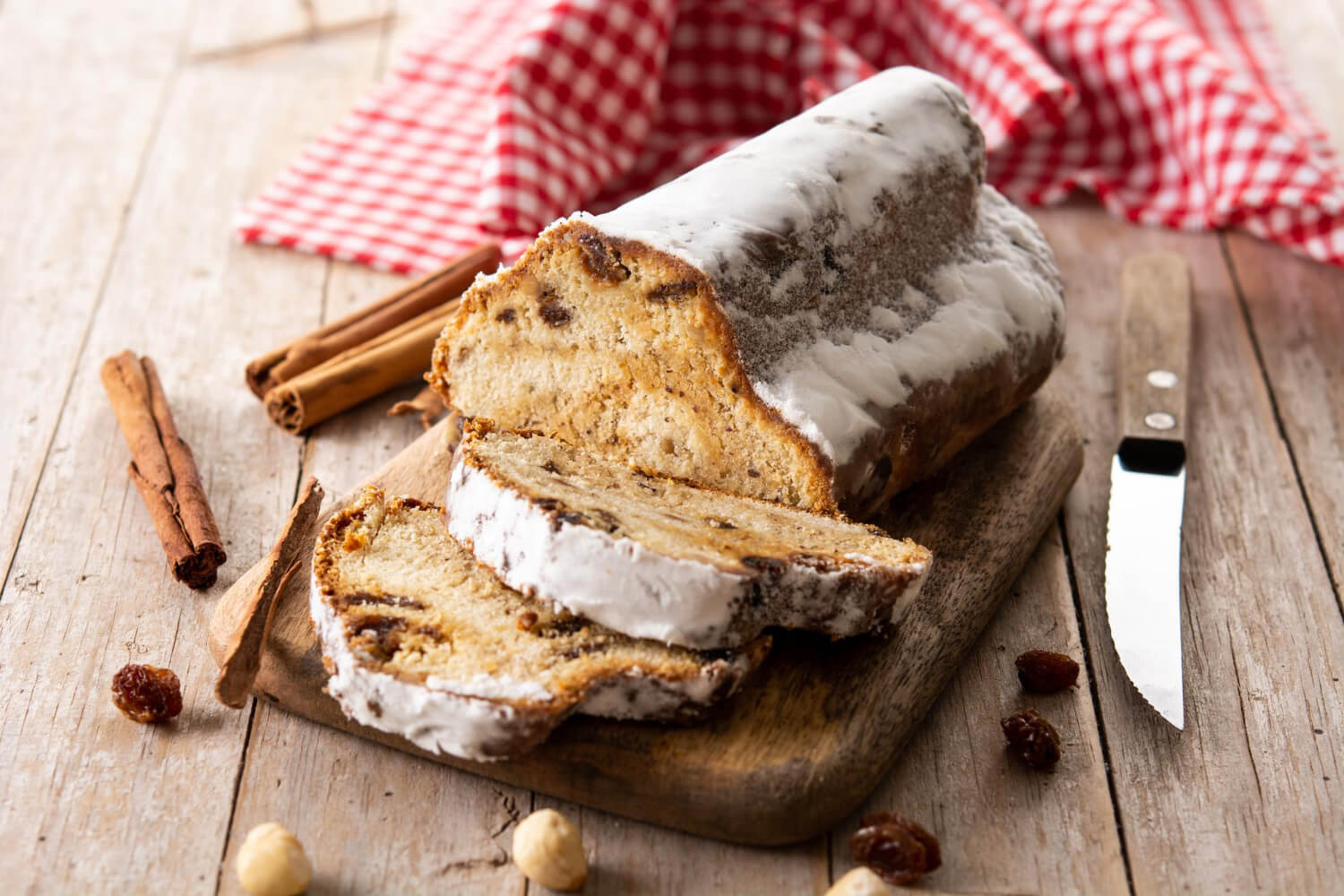
Stollen
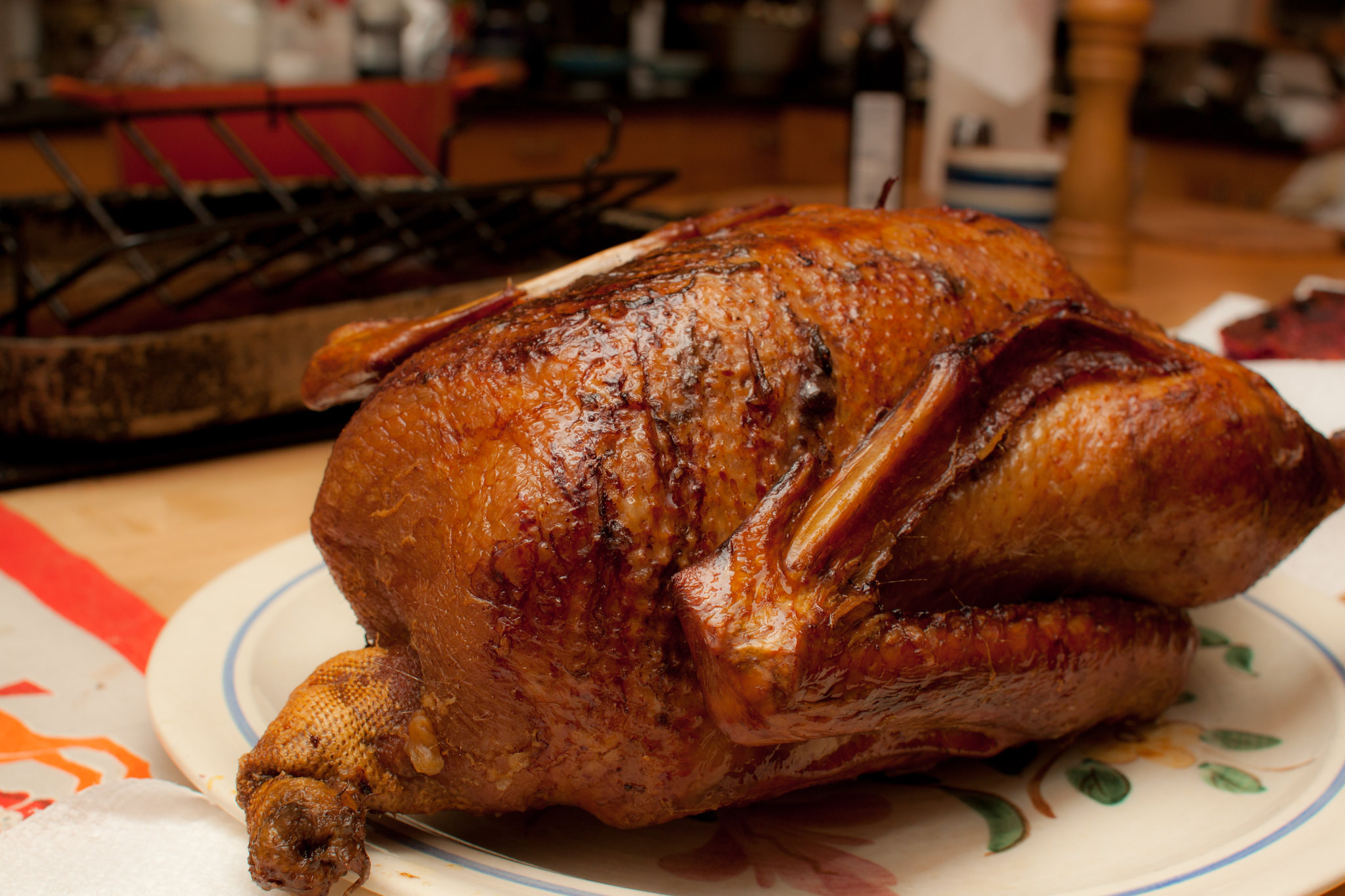
Weihnachtsgans (image : flickr)
Italy - Panettone and Festa dei Sette Pesci
A typical Christmas treat in Italy, Panettone, has a signature cupola shape, featuring whiskey-soaked lemon zest, raisins, some candied orange, and its puffy texture.
Back in the 15th century, when the Duke de Milan was holding a luxurious Christmas banquet, the desserts unfortunately got burned. Chefs had no choice but to serve a brioche bread baked by a young cook, Toni. It turned out that the Duke and his noble guests all loved it, eager to know the name of this exceptional dessert. As the chef answered, it was “bread done by Toni”, and thus the famous “Pane di Toni (Bread by Toni)” was born.
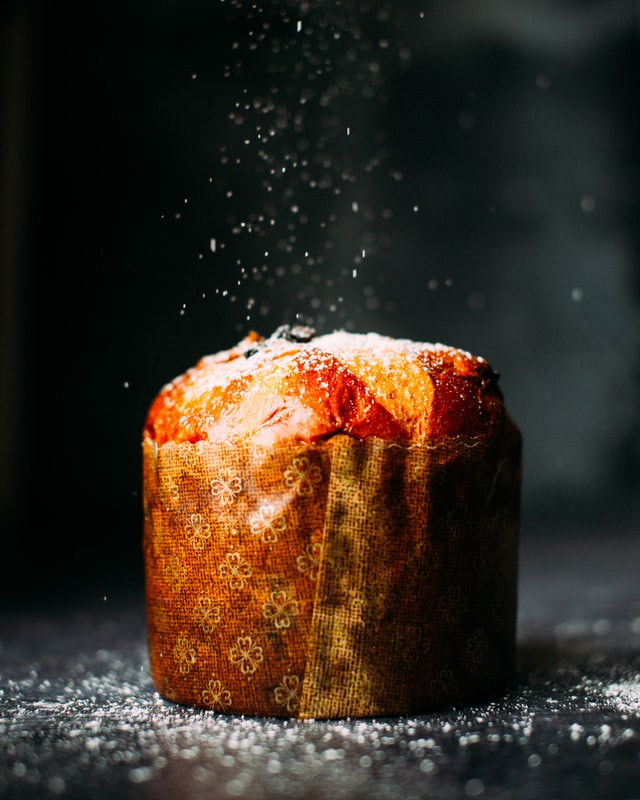
Festa dei Sette Pesci, or the Feast of the Seven Fishes, has its roots in Roman Catholic traditions. While eating meat during the fasting season was strongly forbidden, some Catholics instead consumed fish, since it was easy to obtain in Southern Italy. Traditionally, Festa dei Sette Pesci contains seven different fish dishes for everyone to feast on.This practice remained unknown to many until Southern Italians emigrated to New York in the 19th century, and Festa dei Sette Pesci started to have its fame with the rise of Little Italy in America.
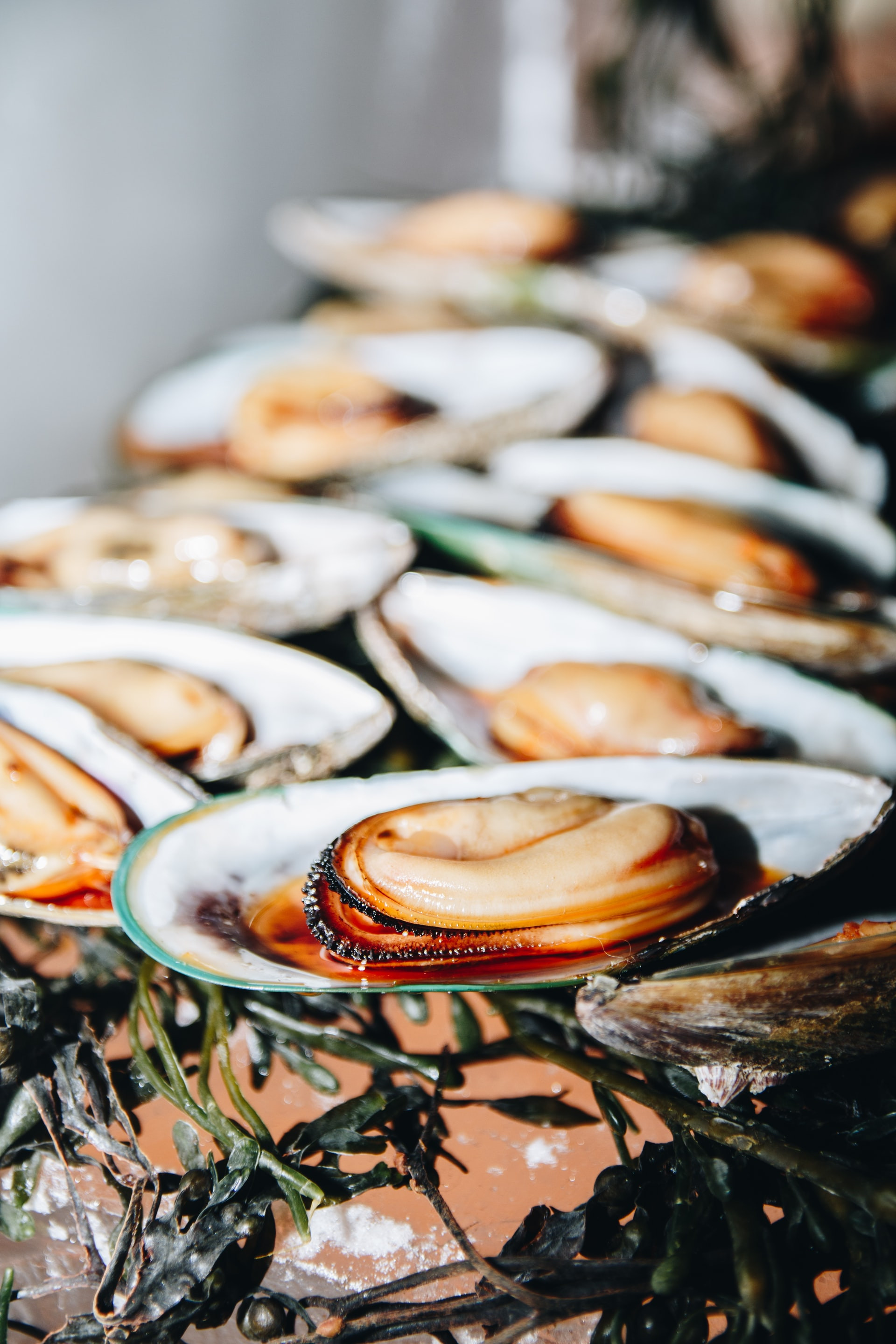
England - Christmas Pudding
If you’ve never seen a Christmas pudding set on fire, you can’t say you’ve celebrated Christmas in England. Originally a dark and sticky sponge, Christmas pudding used to be a kind of sausage kept in animal stomachs, mixed with grains and vegetables to preserve it as long as possible. Through decades, as dried fruits became more prevalent in England, people came to make it more as a dessert by adding raisins, currants, dried fruits, and spices. To make the dish more entertaining, nowadays Christmas pudding is often served with brandy and set alight on the table, letting the sweet fragrance and dazzling fire end the Christmas meal.
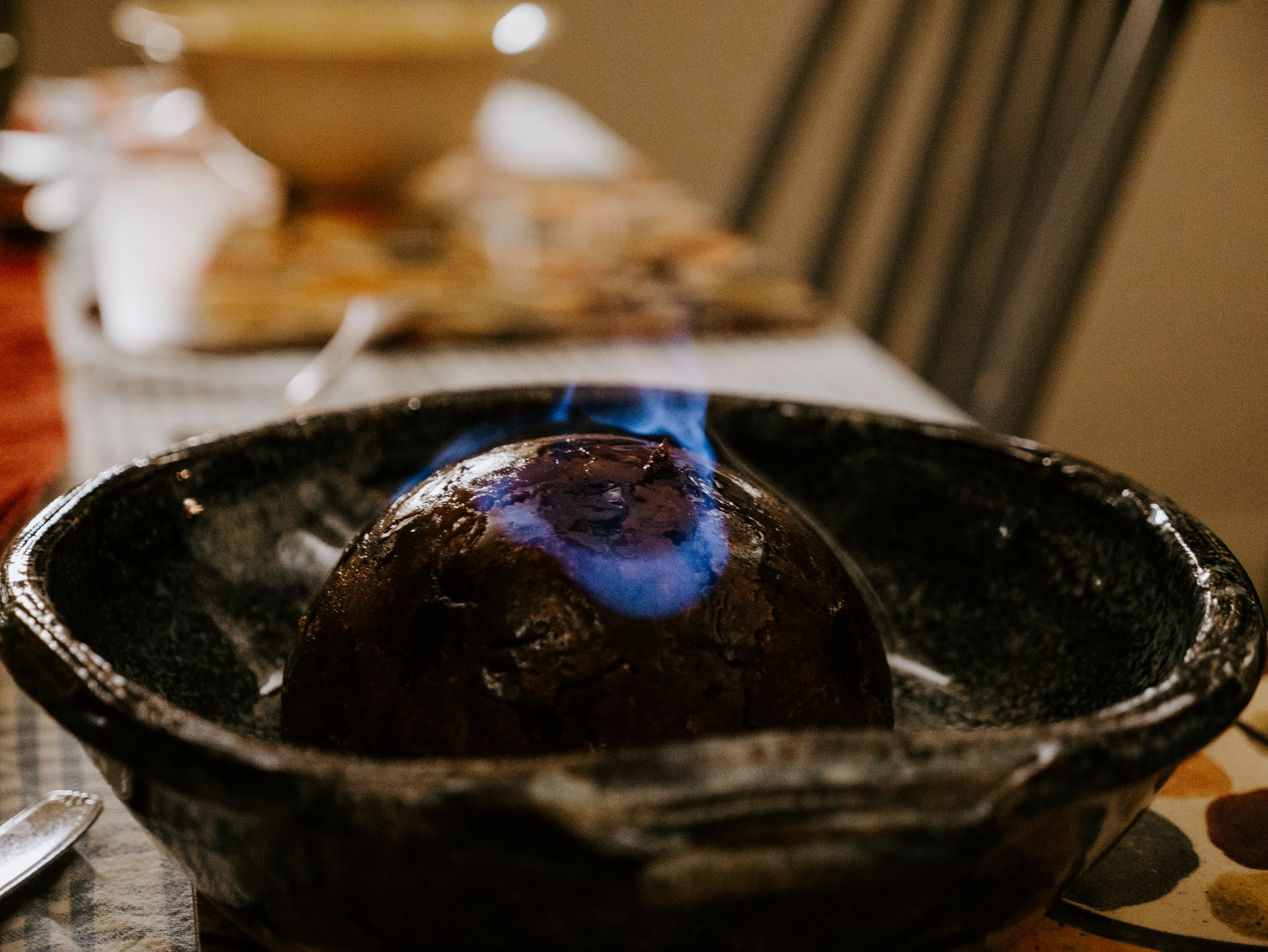
Philippines - Lechón and Puto Bumbóng
We all know that people in Europe make every effort preparing for Christmas every year, but do you know one country in Asia shares almost the same passion? As the only Catholic country in Southeast Asia, Philippines celebrates the whole Christmas season for 4 lasting months! Just as Americans like turkeys, Philippinos feast on roasted suckling pigs, Lechon, for every festival, needless to say it is a must-eat for Christmas dinner.
Lechon had its earliest reputation back in the Spanish colonial period. To preach Catholicism in the Philippines, the Spaniards promoted different pork recipes to the many religious groups that already existed in the land, including Muslims and Jews. Among them, Lechon was undoubtedly the best representation of this historic landmark. Nowadays Lechon recipes can vary in different parts of the Philippines: in Manila, Lechon often goes with pork liver sauce, while in Cebu, a classic Lechon recipe should start with stuffing the pork with scallion, lemongrass, and garlic.
Among all the rice cakes in the Philippines, Puto Bumbong is a delicacy that belongs to Christmas. The most common recipe is steaming purple rice in bamboo, resulting in a cylindrical purple rice cake, topped with margarine, grated coconut, and palm sugar. Served on banana leaves, Puto Bumbong has a slightly sweet taste and bamboo fragrance. As Puto Bumbong is not easy to cook in traditional recipes, nowadays some local restaurants use purple potatoes or color additives instead.
Australia - Pavlova
When the Northern part of the globe is celebrating Christmas in a freezing winter, Australia, on the other hand, is in the middle of a burning summer- the best time to enjoy refreshing desserts! The elegant Pavlova cake was named in honor of a renowned Russian ballerina, Anna Pavlova. Resembling the light and elegant ballet dress, Pavlova is made of a meringue crust and garnished with whipped cream and fruits.
As Pavlova is considered to be the national dessert both in Australia and New Zealand, the two countries have a long dispute over the origin of this delicate cake. Yet some historians believe that Pavlova cake actually has its prototype from the Spanische Windtorte, which originated from Germany and found its way to the U.S., being eventually brought to Australia and New Zealand.
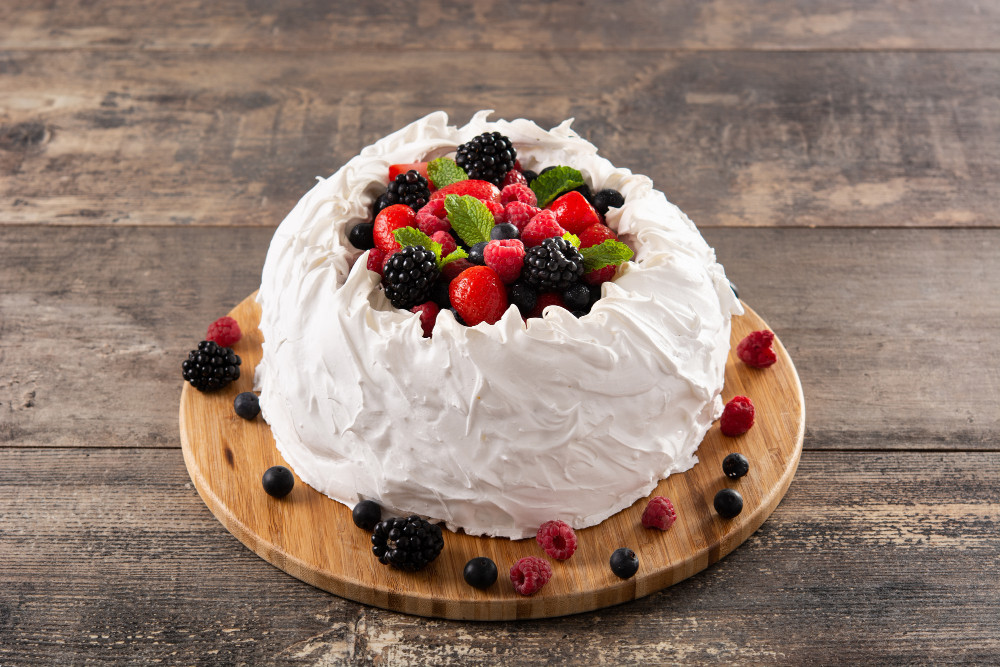
Japan - Fried Chicken and Christmas Cake
Though Japan doesn't have any particular Christmas traditions, we can always see a group of people lining up at KFC during the Christmas season in Japan. How did this KFC “party barrel” become a cultural phenomenon?
It turned out to be KFC’s marketing strategy when it first branched out into Japan. Initially, the locals were not familiar with fried chicken with “bones”, as the traditional fried chicken dishes in Japan used to be boneless. Until the 1970s, when the World Expo came to Osaka, a KFC manager noticed some foreigners buying fried chicken since turkeys were not available in Japan. KFC then took the marketing plan, calling it “Kentucky for Christmas”, which immediately became a widespread phenomenon. After the practice went viral, KFC rolled out the famous “Christmas Party Barrel”, and other fast food restaurants such as Mos Burger also followed in KFC’s footsteps to promote Christmas fried chicken.

After enjoying fried chicken, it’s the best way to end a Christmas dinner with Christmas cakes! The most loved Christmas cake in Japan goes to a strawberry cake with white cream. This practice first appeared in 1922, when a local confectionary store that had a long history in Japan, Fujiya, started to promote cakes for Christmas. It was not until the 1970s that Christmas cakes became all the rage.
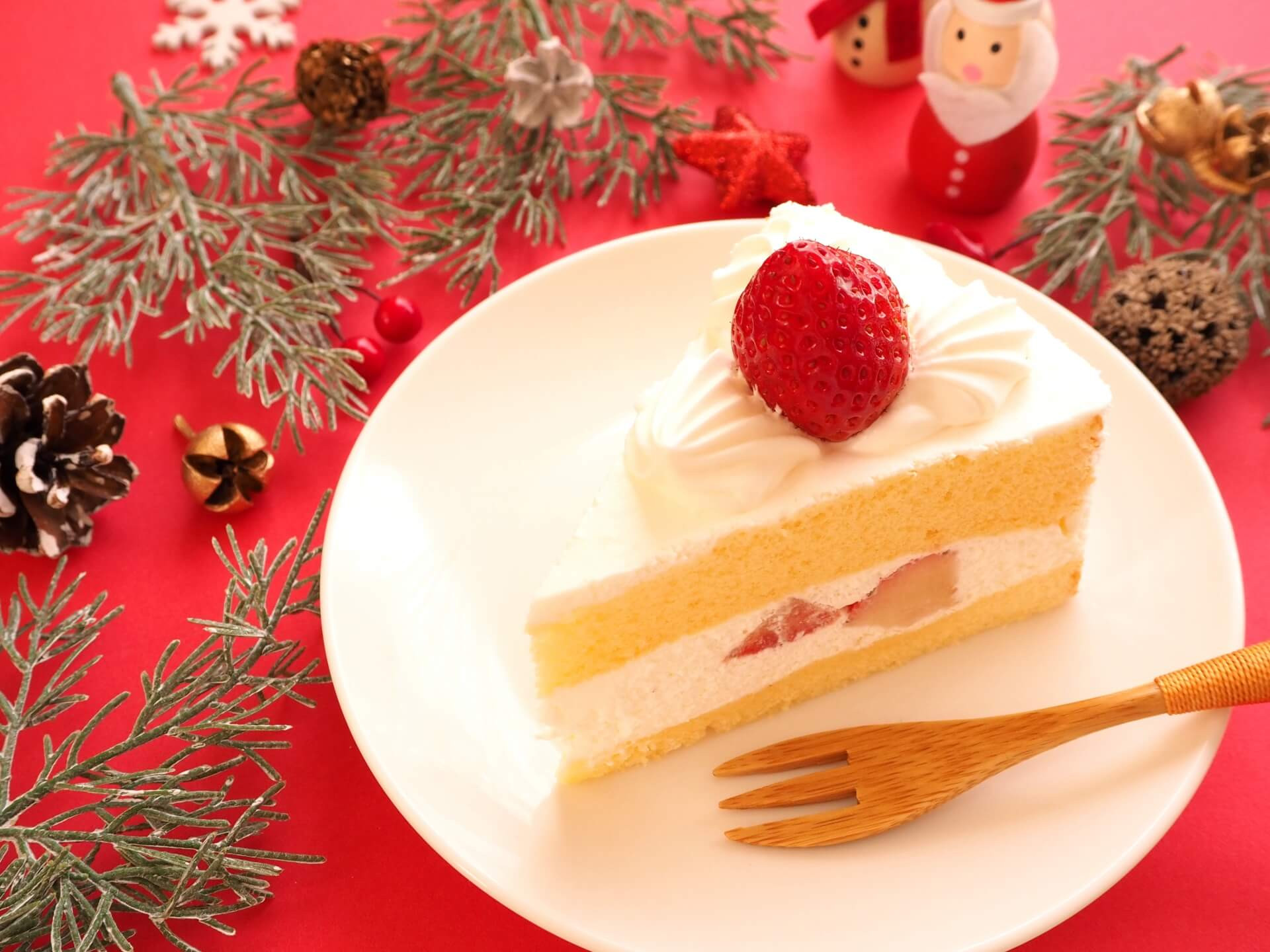
Latin America - Tamale
Tamale has been a part of Latin cuisine since the Age of Discovery. Typically, tamales consist of processed corn, meat, lard, and wrapped in leaves before cooked. From Mexico to Argentina, every country has their own favorite recipes to define a good tamale, be it savory or sweet. One of the most celebrated recipes is red chile pork tamales! The Latins adore tamales so much that every family member would gather to prepare the cooking before Christmas, just to hold a great tamale party: “Tamalada”!
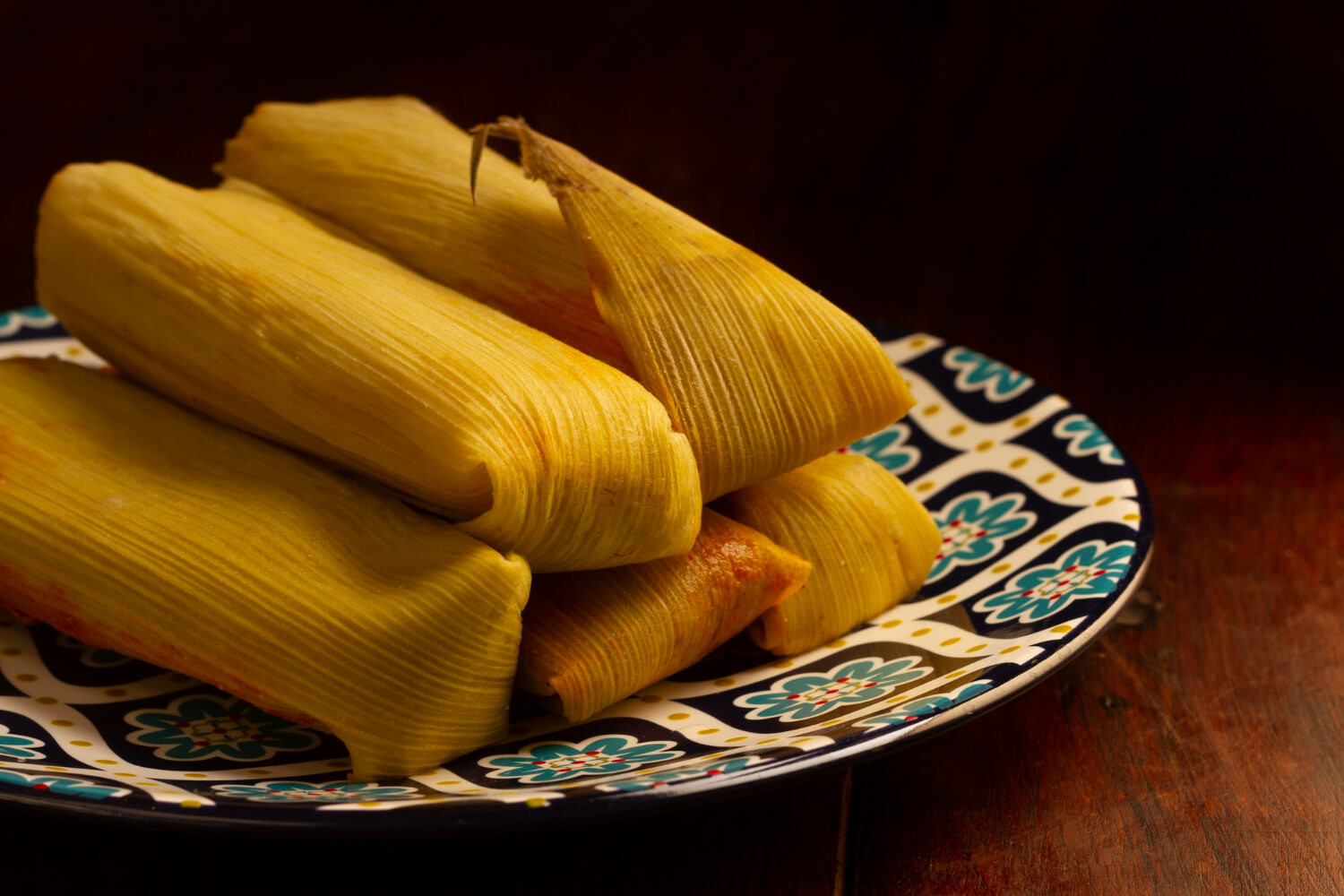
Diverse cultures on Christmas feast
There are far more different Christmas dishes around the world that are yet to be mentioned! Nowadays innovative dishes are invented and people are offered with more and more food choices, but what remains the same is that we share this special time of the year with our beloved family and friends. World Gourmet Platform wishes you all the best to enjoy the new year of 2022!

